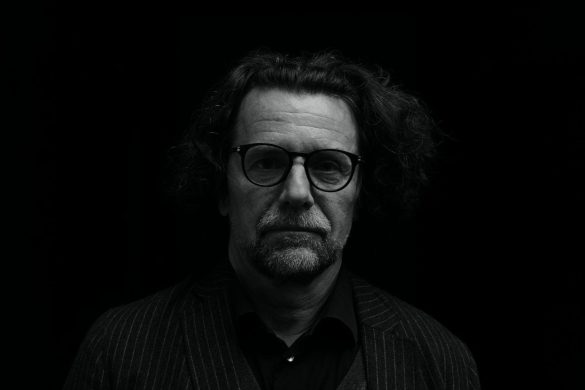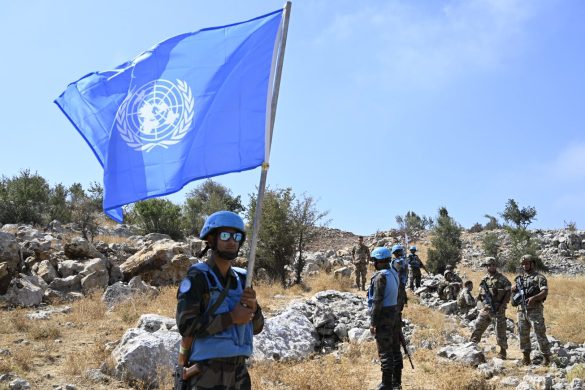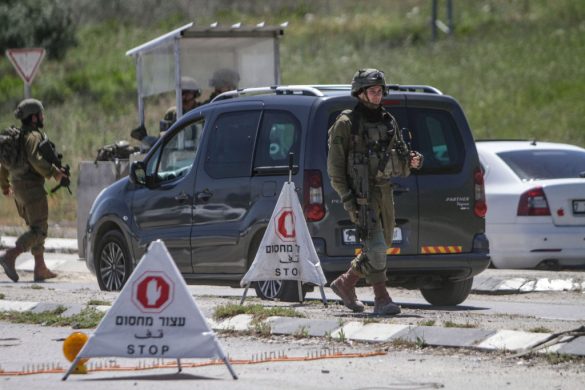Meldinger om, at Islamisk Stat har sprængt moskéer, kirker og helligdomme i luften i Syrien og Irak, fordømmes af FN. To ortodokse biskopper og en katolsk præst meldes bortført af den ekstremistiske gruppe.
Ødelæggelser i den gamle bydel i Aleppo, Syrien. Foto: UNESCO
3 October 2014 (UN News): The United Nations human rights office today expressed concern about the continuing wave of destruction unleashed by the Islamic State of Iraq and the Levant (ISIL) amid reports that the terrorist group has targeted and destroyed a number of religious buildings in areas under its control.
According to the UN Office of the High Commissioner for Human Rights (OHCHR), ISIL militants destroyed an important Armenian church in the Syrian city of Deir Al-Zor in mid-September as part of an ongoing campaign of violence and terror which has seen the group also blow up mosques, shrines and damage churches in northern Iraq.
“We condemn the destruction of the church and of other religious institutions,” OHCHR spokesperson Rupert Colville told a news briefing in Geneva.
“We stress that religious personnel and buildings dedicated to religion enjoy specific protection under international humanitarian law and must be respected and protected by all parties.”
Serious violations
Mr. Colville also highlighted his agency’s concern about the safety of three clergymen suspected to have been captured by the militant group.
Both the Syriac Orthodox and Greek Orthodox Archbishops of Aleppo, Yohanna Ibrahim and Paul Yazigi, were abducted in Aleppo in April 2013 while Paolo Dall’Oglio, a Catholic priest, went missing in Ar Raqqah city in January.
Their whereabouts remain unknown.
In a report jointly produced by OHCHR and the UN Assistance Mission for Iraq (UNAMI) and released yesterday, the UN describes a host of serious violations of international humanitarian law and gross abuses of human rights perpetrated by ISIL and associated armed groups, including “attacks directly targeting civilians and civilian infrastructure, executions and other targeted killings of civilians, abductions, rape and other forms of sexual and physical violence perpetrated against women and children, forced recruitment of children, destruction or desecration of places of religious or cultural significance, wanton destruction and looting of property, and denial of fundamental freedoms.”
Tactic of fear and intimidation
At today’s briefing, Mr. Colville pointed out that ISIL’s indiscriminate violence – targeting members of numerous religious sects including Muslims from other Muslim sects – was a product of the Takfiri belief system adopted by some extremely radical religious groups.
In applying the Takfir, groups such as ISIL and Nigeria’s Boko Haram automatically assume the authority to declare anybody to be kafir, or apostate.
The spokesperson added that such a doctrine clarified why ISIL militants, in addition to persecuting non-Muslim groups, were also committing atrocities against fellow Muslims and destroying mosques and shrines – a tactic, he said, which the militants used simply to increase their power through fear and intimidation.
Attacks have increased
The concept of Takfir was originally brought to the fore by UN High Commissioner for Human Rights, Zeid Ra’ad Al Hussein, who, Mr. Colville said, is working to draw attention to this “very explicit belief that was not subscribed to by the vast majority of Muslims.”
At the same time, yesterday’s OHCHR paper also cites a number of violations committed by Iraqi Security Forces (ISF) and associated forces battling ISIL.
Mr. Colville similarly explained that both Government and anti-Government armed groups in Syria were perpetrating the destruction of the country’s holy sites as well as numerous heritage and archaeological sites.
“Anti-Government groups’ attacks on religious personnel and buildings have also increased this year,” he noted, adding that Government forces also shared responsibility for the increased destruction as they “they continue to place military objectives around cultural sites and turn them into military bases.”














